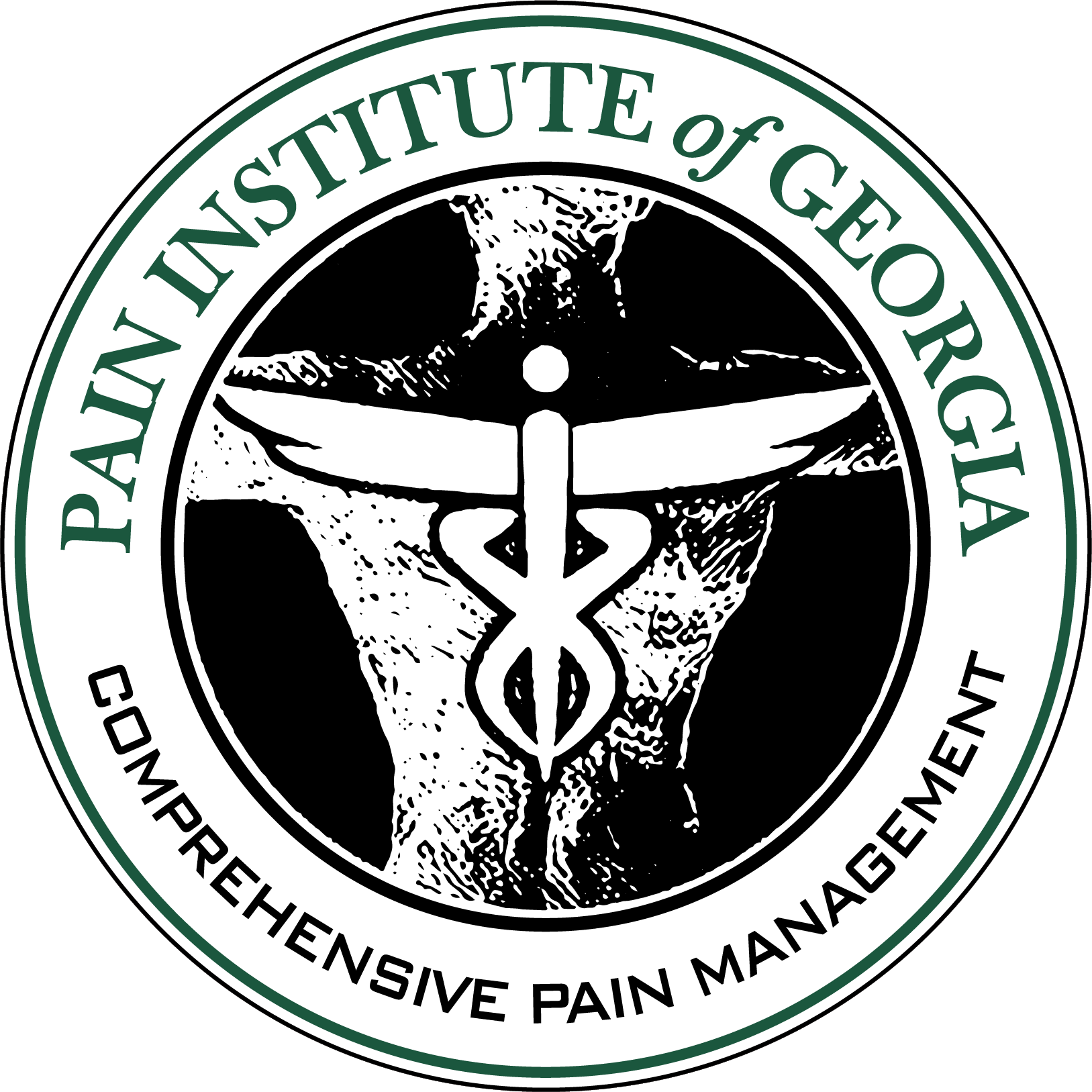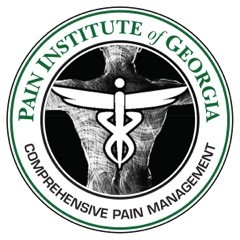
Excruciating leg pain and numbness, called sciatica, is no laughing matter and can be a symptom of a deeper health problem, such as an inflamed or injured nerve. This condition causes pain and discomfort along the length of the sciatic nerve, the longest nerve in the body. The sciatic nerve runs from the lower back through the buttocks and leg to the foot. Sciatica is characterized by sensation that can include a burning feeling, pins and needles, numbness and weakness in the lower back, buttock and leg regions.
At Pain Institute of Georgia, in Macon, Warner Robins, Cordele, and Hawkinsville, the team of pain management specialists, directed by Carlos Giron, MD, Preston C. DeLaPerriere, MD, and Julian Earls, MD, is available to answer all your sciatica questions and find the right treatment option for you. Call or book an appointment online today to learn more 478-476-9247.
What is Sciatica?
Sciatica refers to a pain in the sciatic nerve that runs down your lower back, buttocks, hips, and legs. It typically affects only one side of your body and is a symptom of a pinched sciatic nerve or a lumbar nerve root in most cases.
Causes of This Nerve Condition
Sciatica is caused by a number of different underlying conditions, including:
- Herniated disc – A herniated or slipped disc in your lower back can put pressure of the sciatic nerve, causing pain that radiates from your back down your leg.
- Spinal stenosis – When the spinal canal begins to narrow, spinal stenosis can occur, putting pressure on your spinal nerve.
- Piriformis syndrome – The piriformis muscle is a small muscle deep within the buttocks that can become tight and compress the sciatic nerve, causing radiating pain.
- Spondylolisthesis – Spondylolisthesis occurs when a vertebrae slips and becomes out of line with surrounding vertebrae and irritates the spinal nerve
Symptoms of Sciatica
Sciatica is a symptom in itself, not a disease. People with sciatica experience leg pain in varying degrees. This could range from intense, shooting pain to cramping sensations. Pain might be worse while sitting. The pain can also increase during moments that causes muscles to tighten, such as sneezing or coughing. You may find yourself experiencing a dull pain in one part of your leg and numbness in another.
Treatment
In most cases, sciatica treatment at Pain Institute of Georgia are non-surgical. We will always try to exhaust the most practical and effective non-invasive options first before committing to surgical procedures. The goal of treatment is to reduce pain symptoms and to increase mobility. A custom treatment plan may include a variety of modalities to accomplish this, including physical therapy and medication.
Spinal injections to reduce inflammation can improve mobility and decrease pressure on the surrounding nerves.
Prevention
While there are some cases of trauma or disease that cause sciatica that can not be directly prevented, there are general practices for overall back and body health that can contribute to reducing incidences of sciatica. These include:
- Avoiding sitting for long periods of time
- Exercising regularly to strengthen your back and core muscles
- Practicing good posture when standing, sitting and sleeping
- Lifting using your legs while keeping your back straight and the item close to your body
- Avoiding smoking cigarettes, which can accelerate disc degeneration

